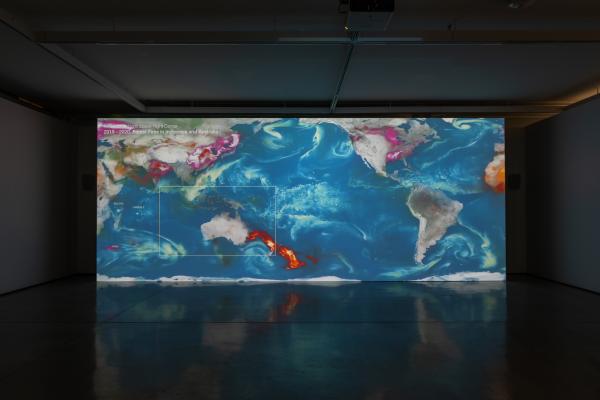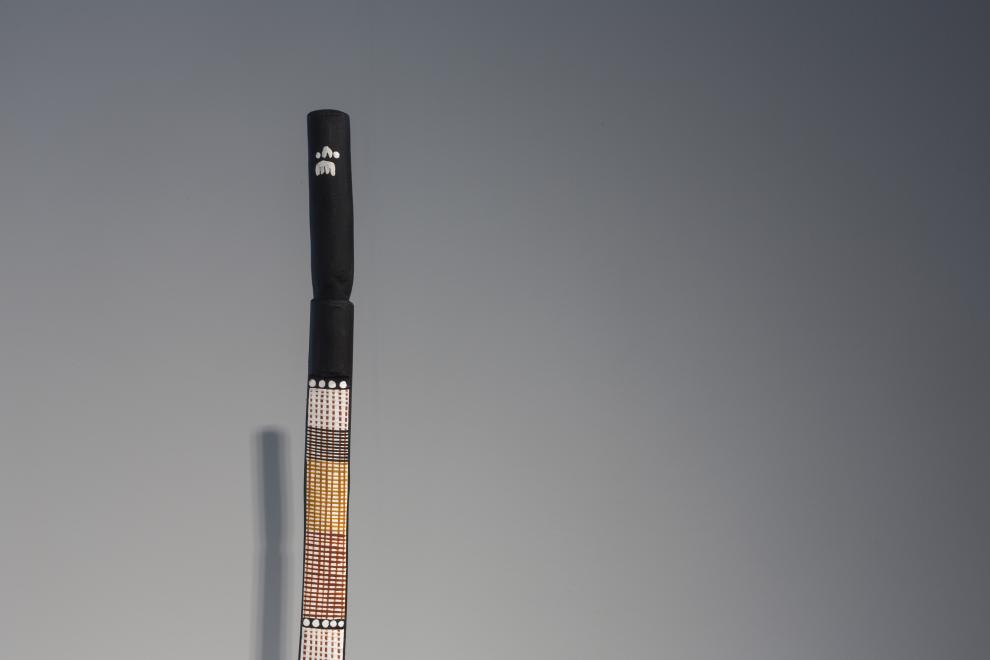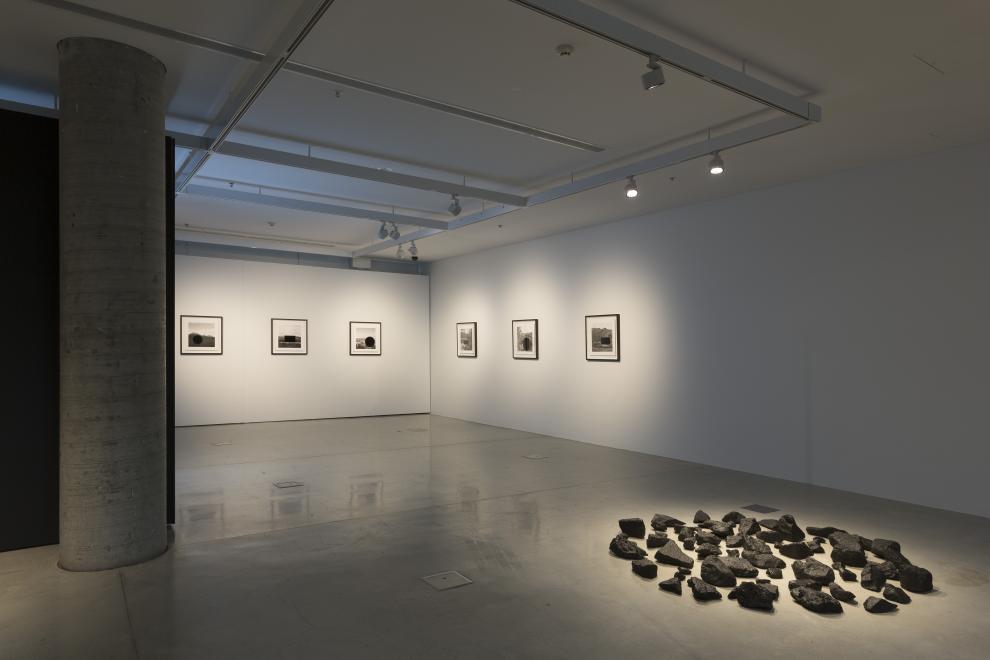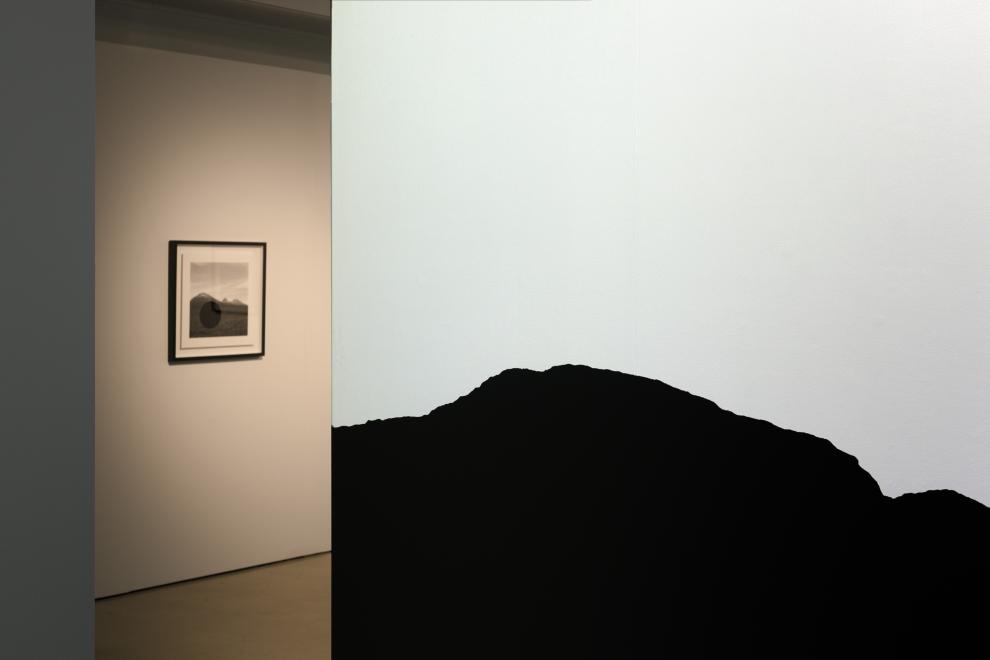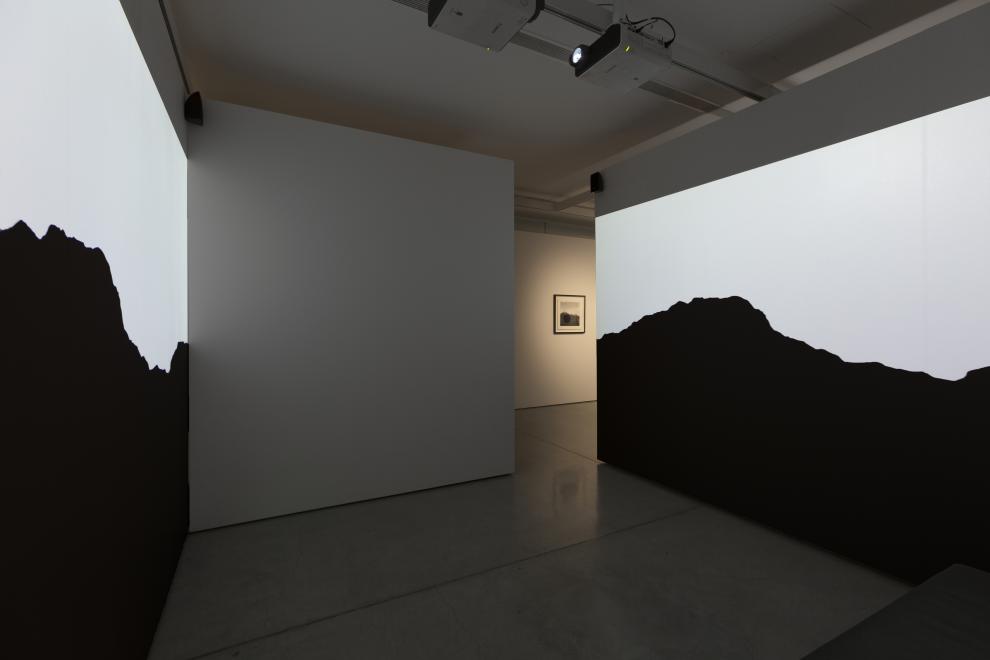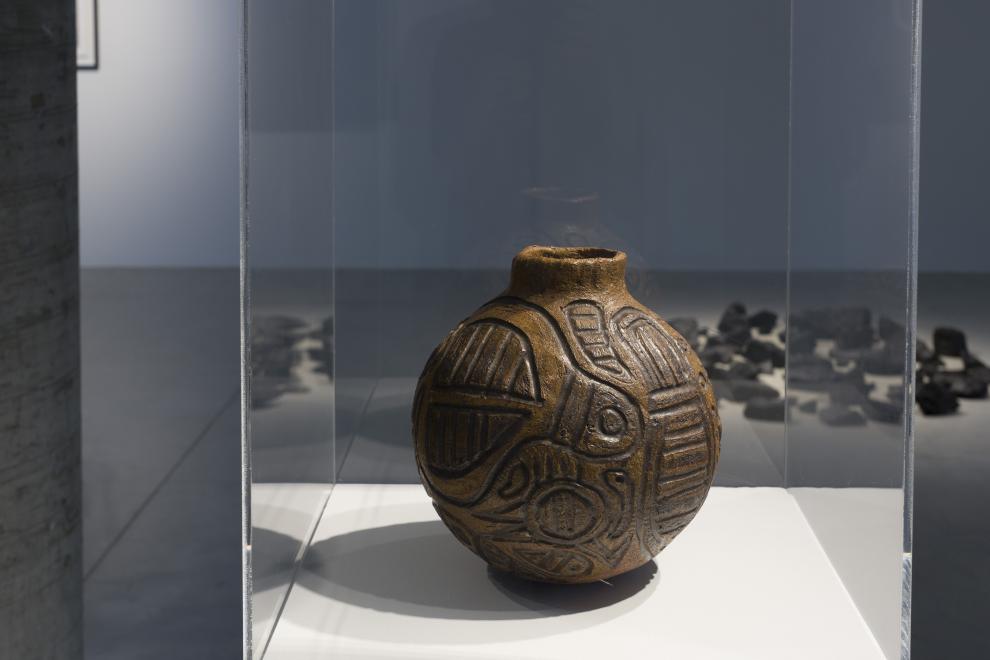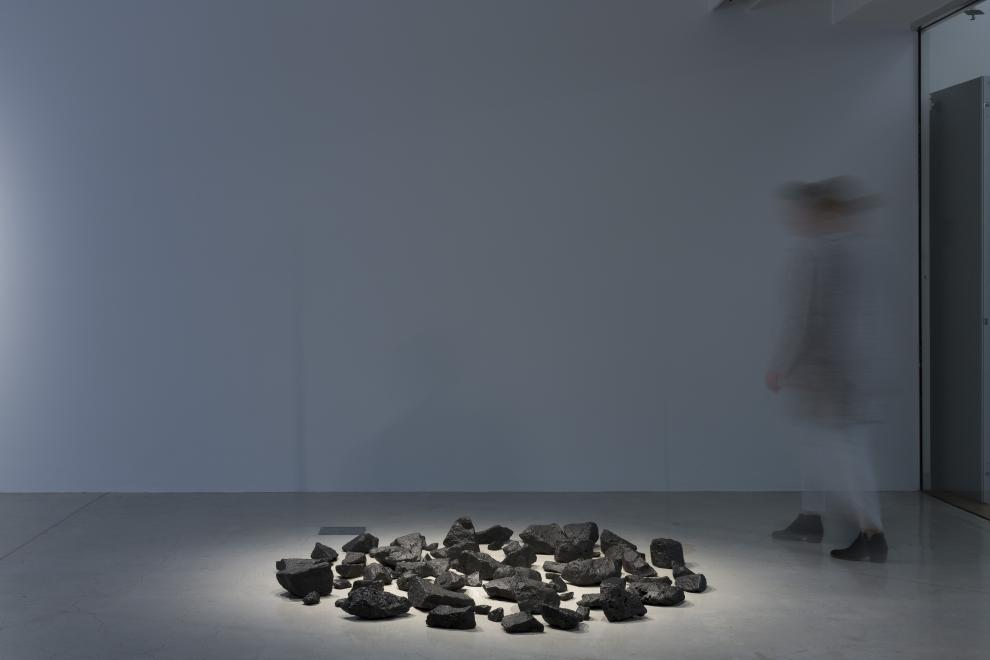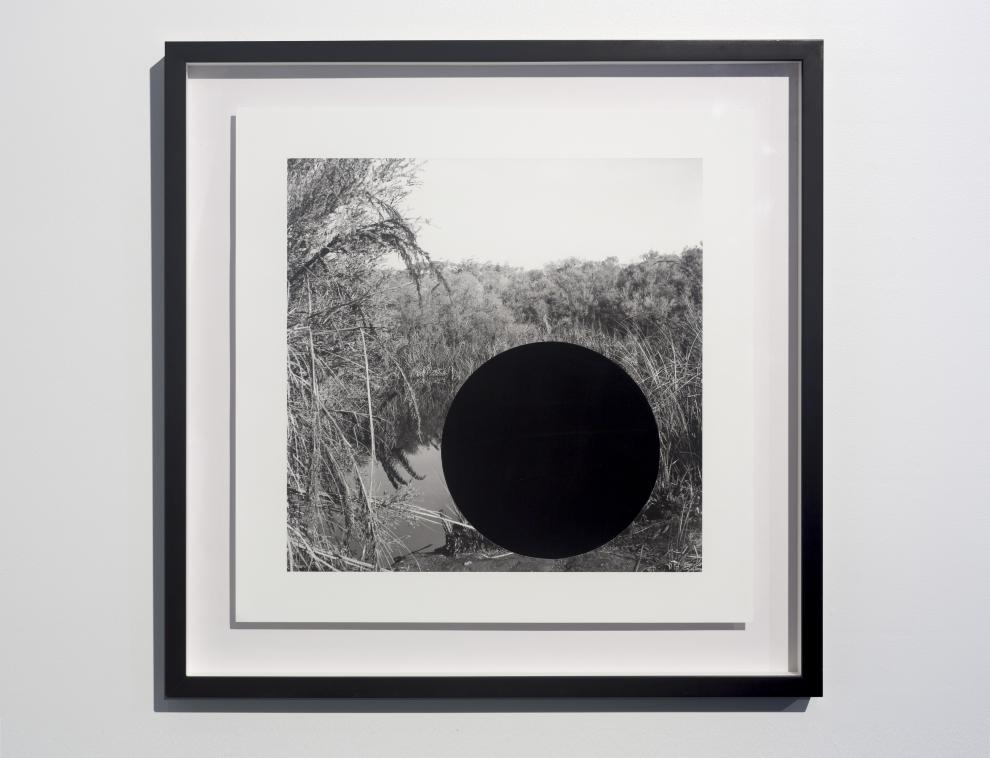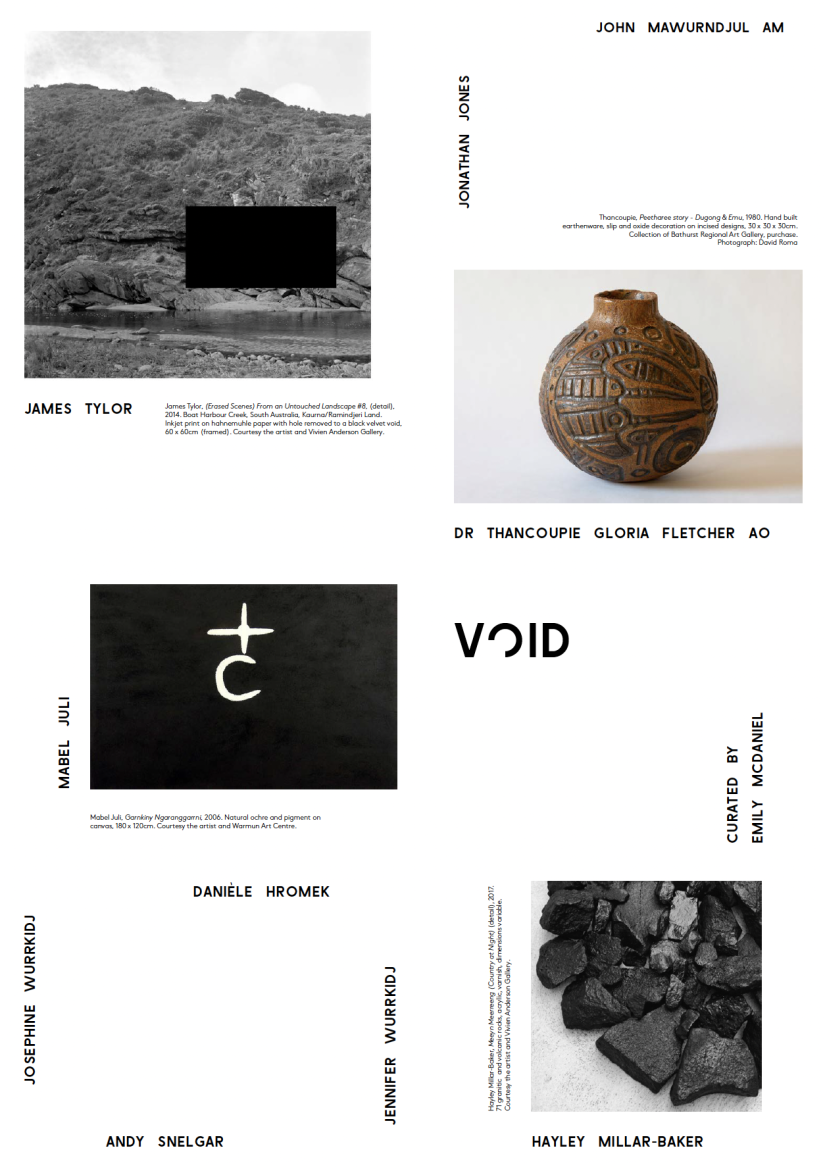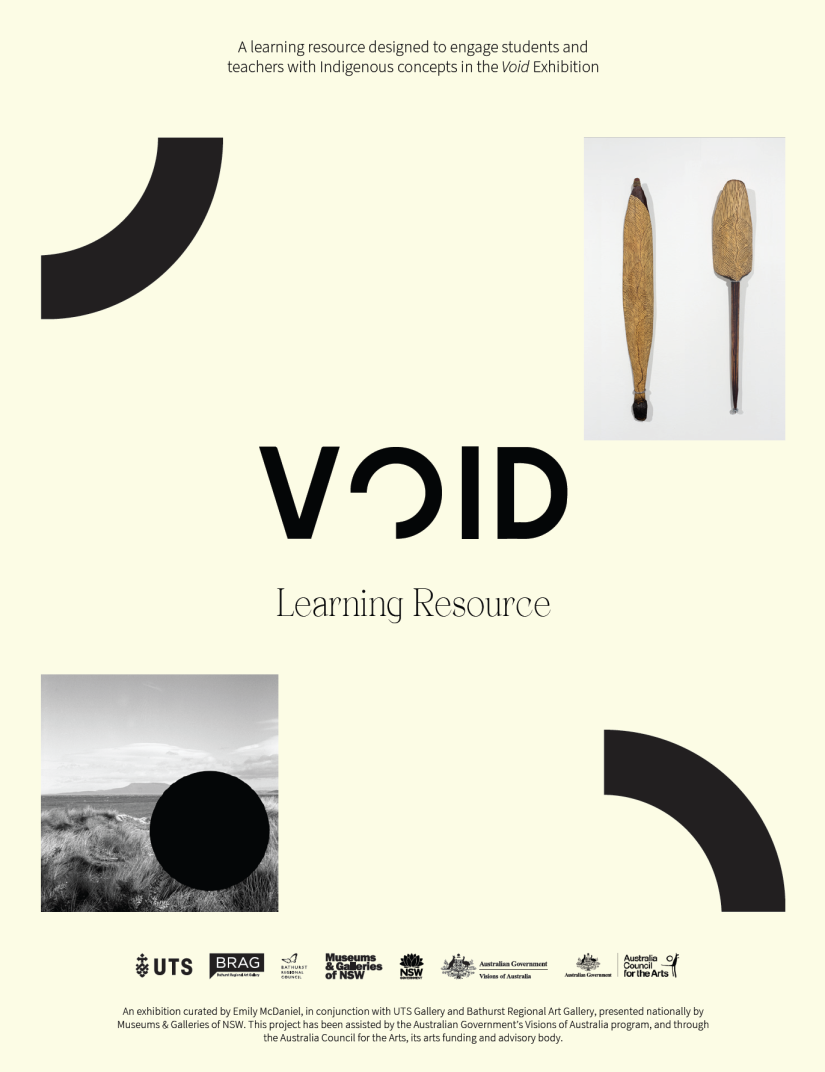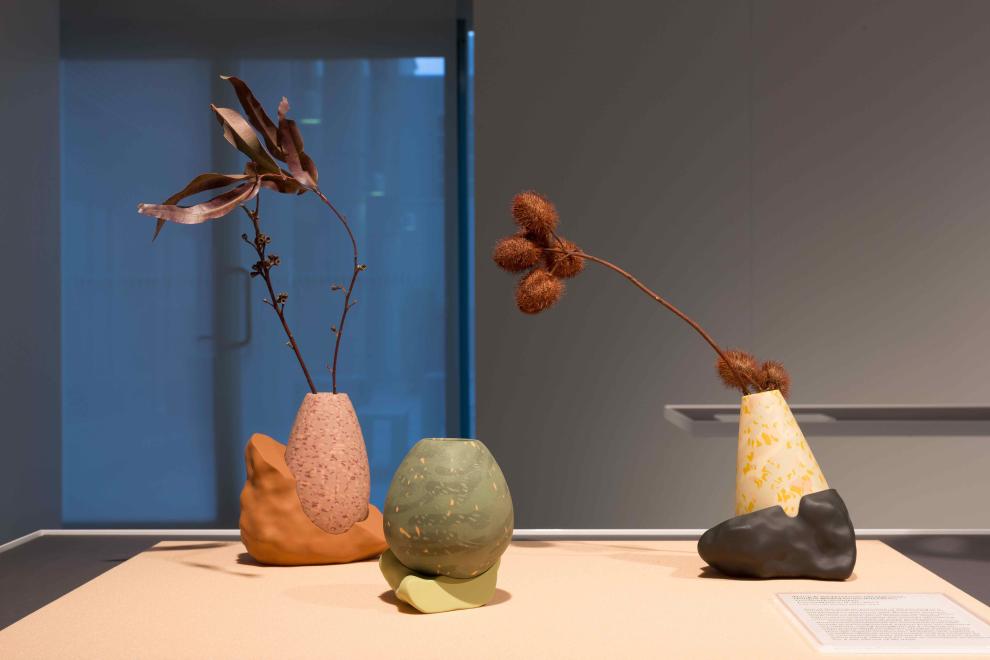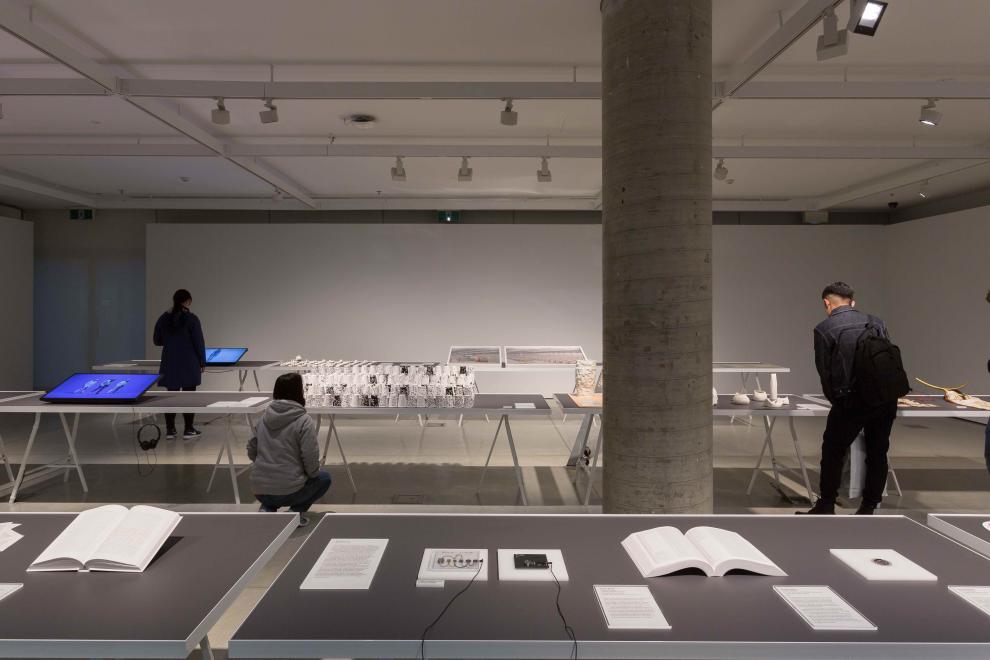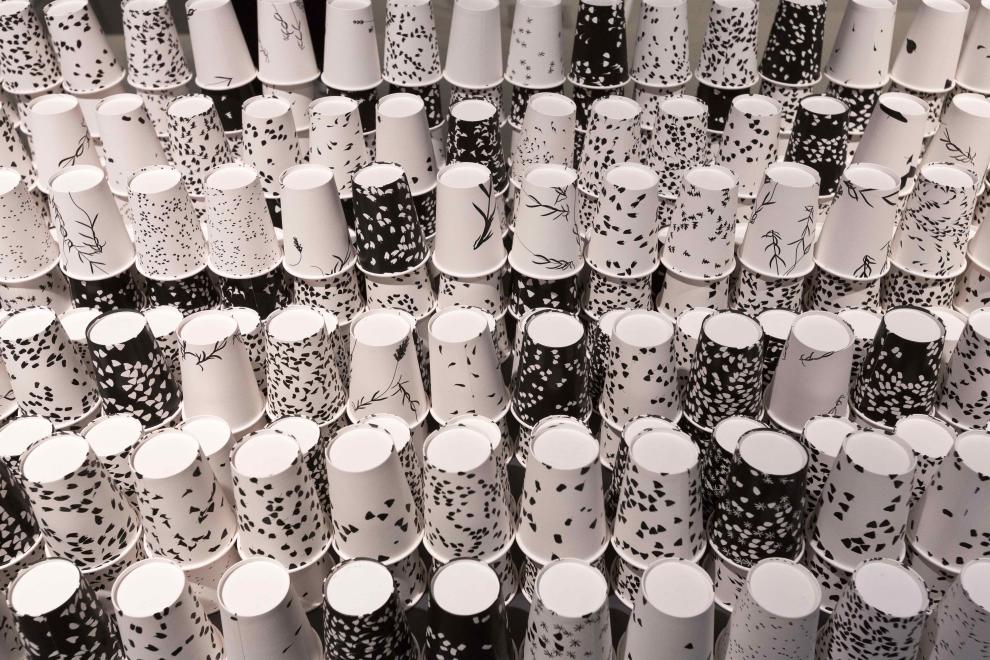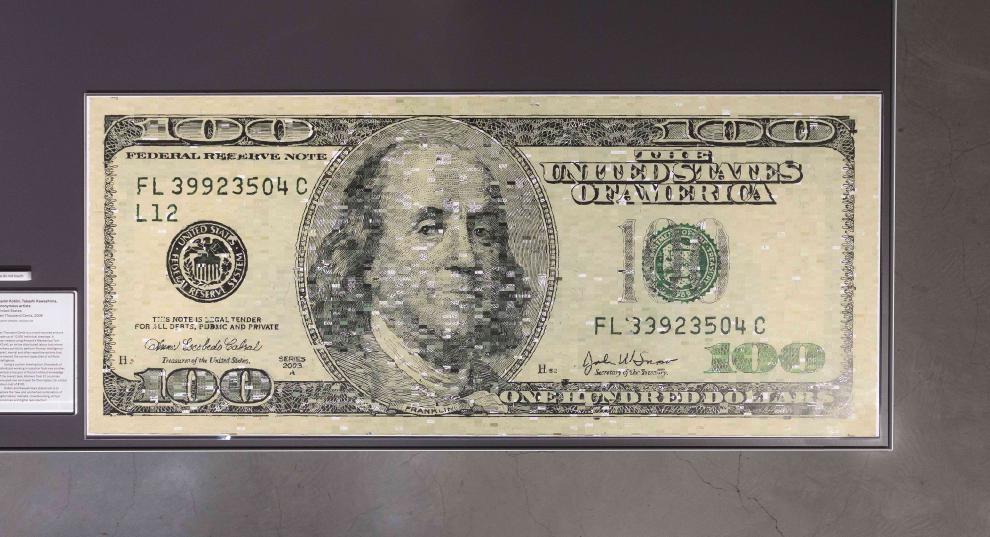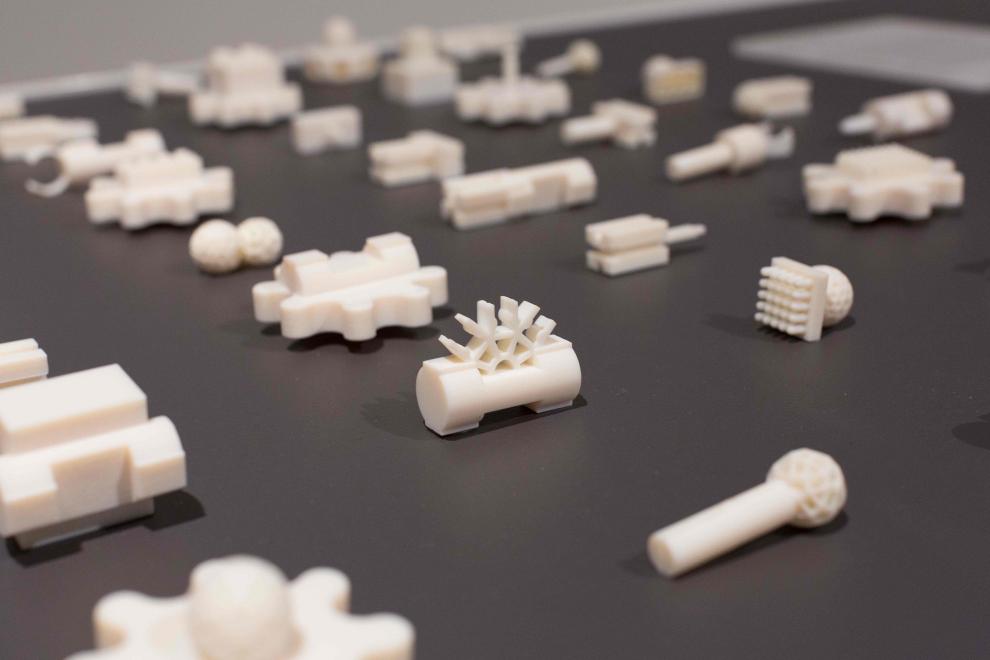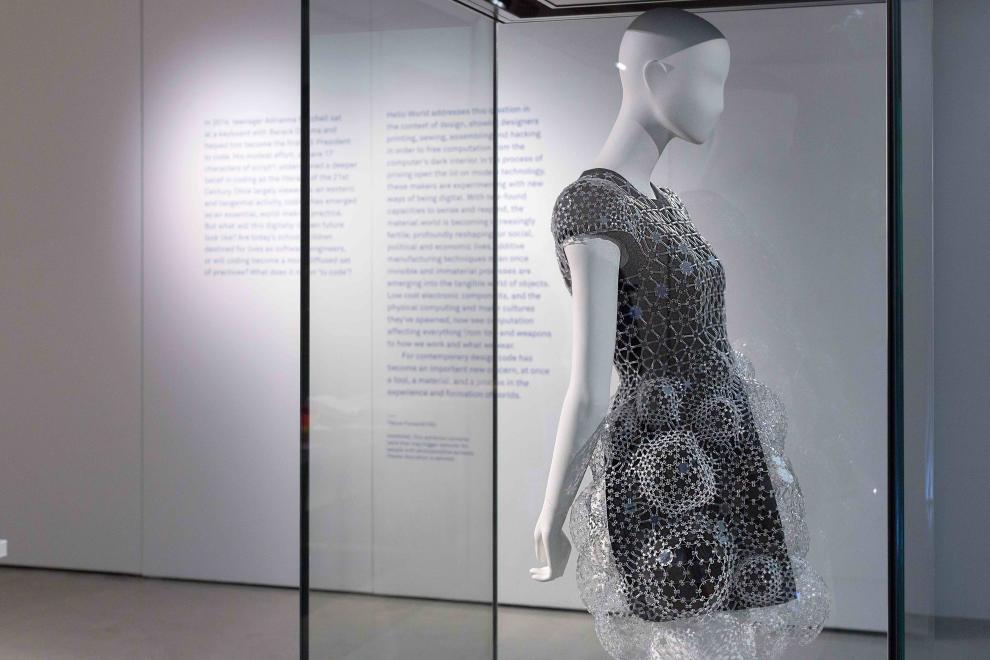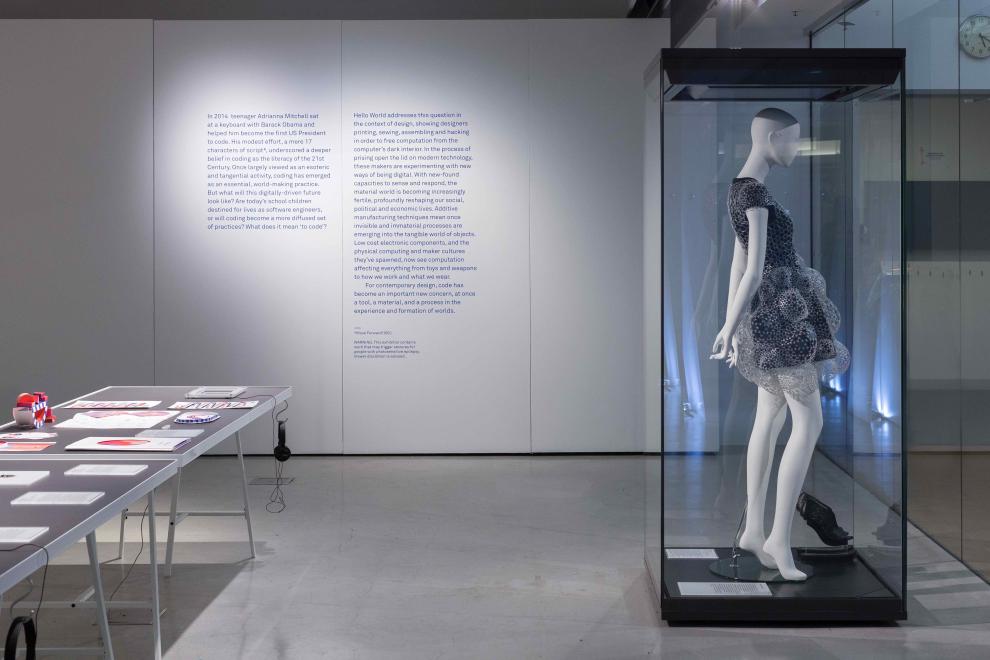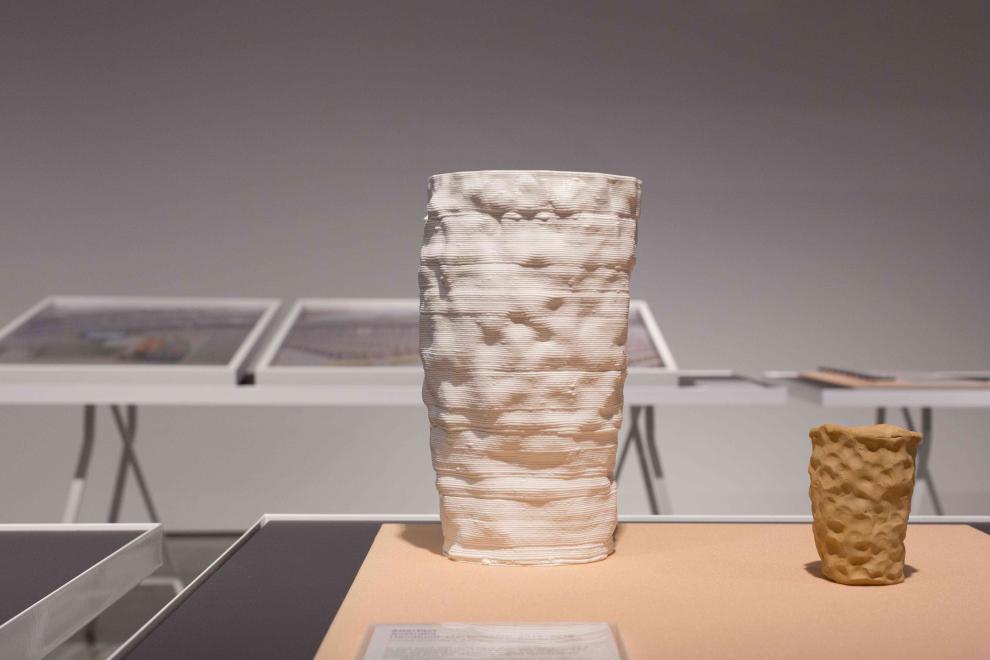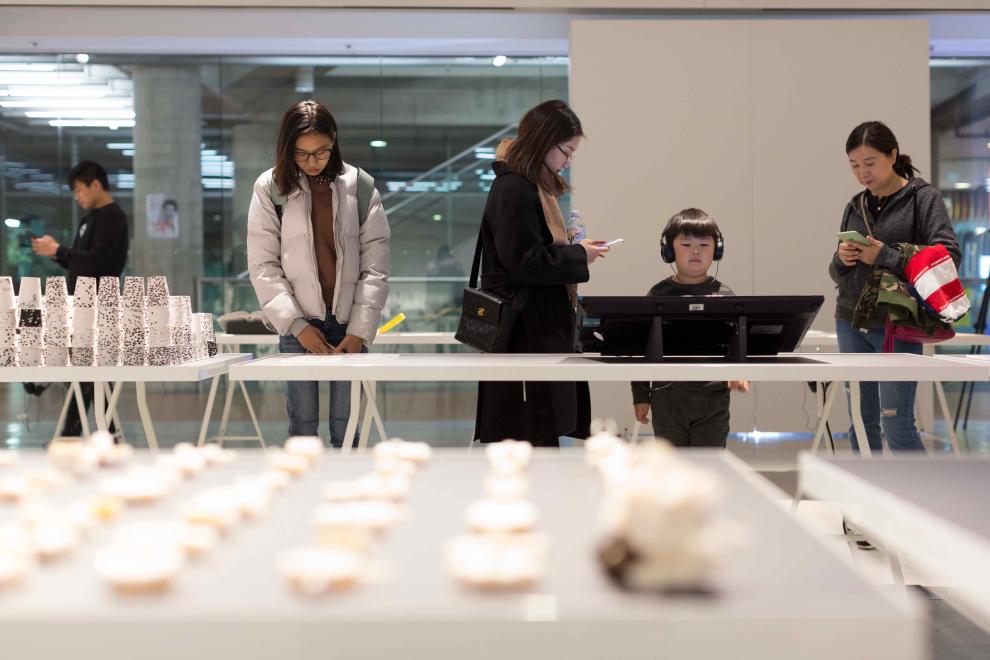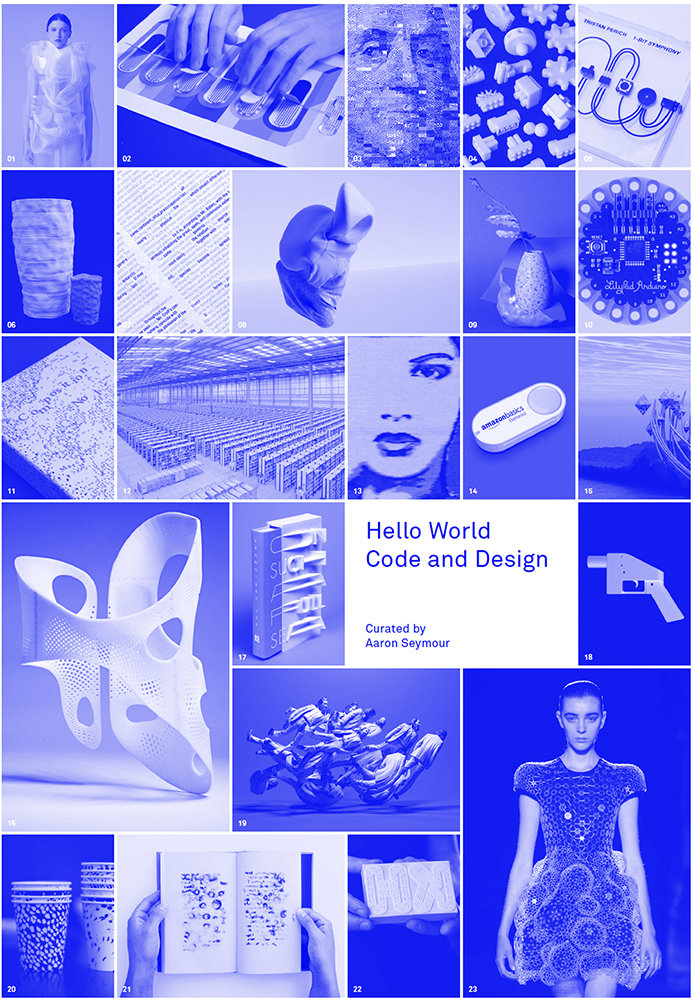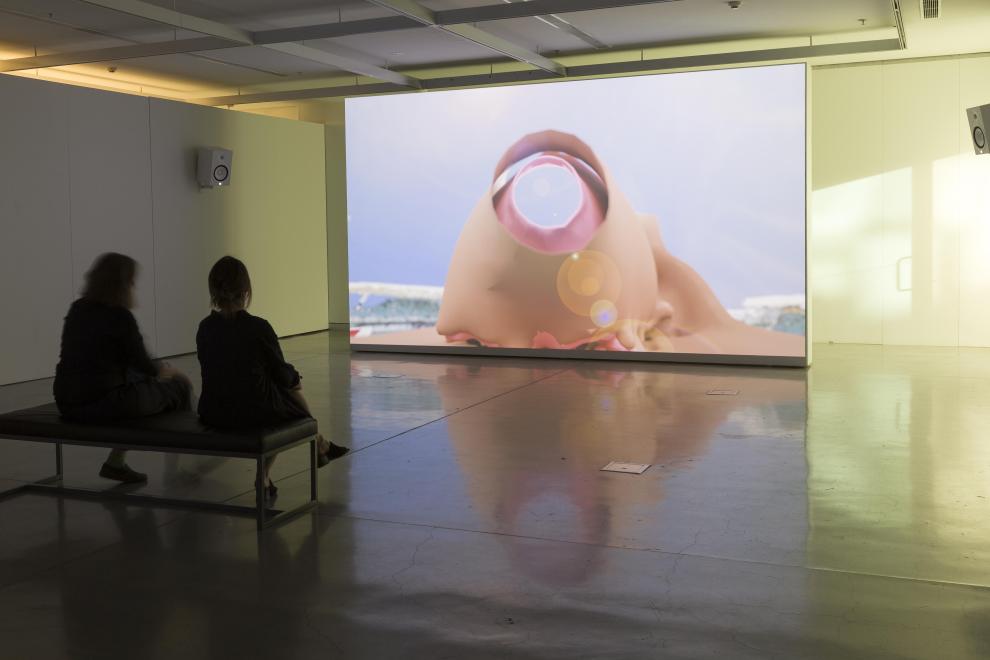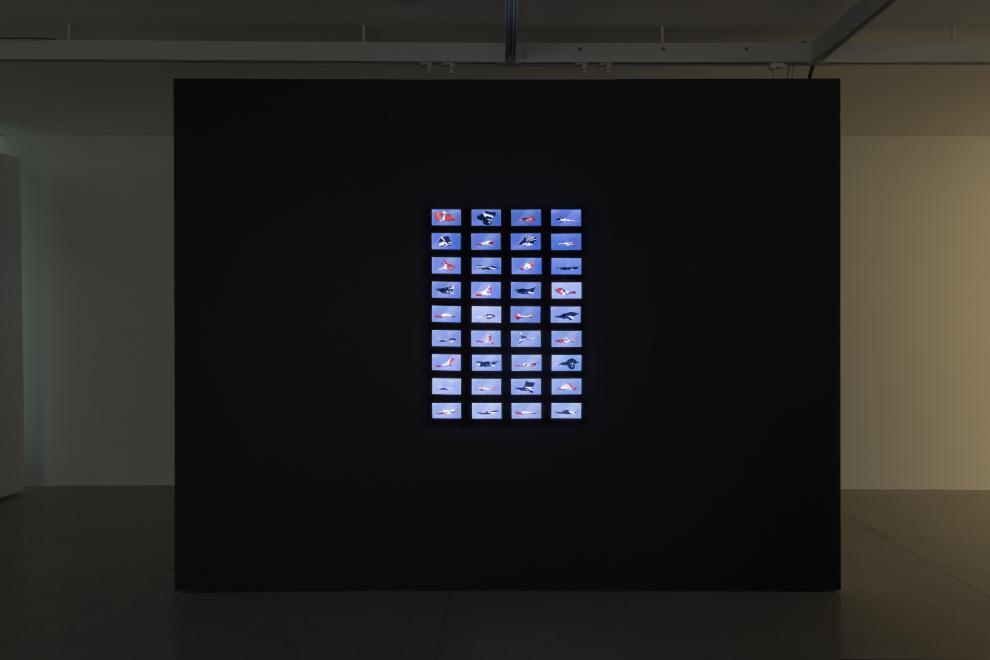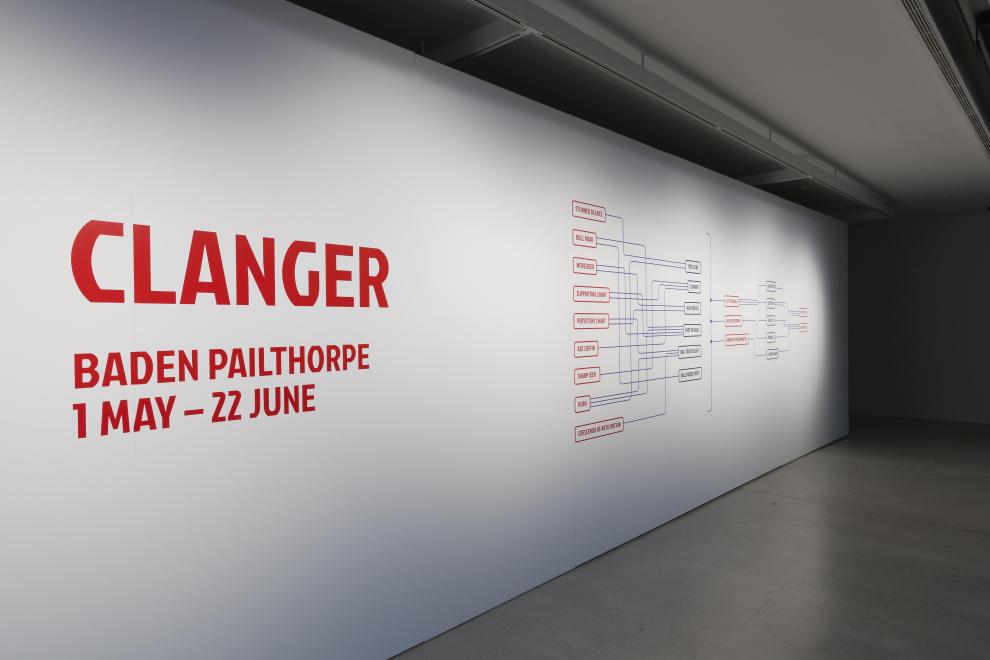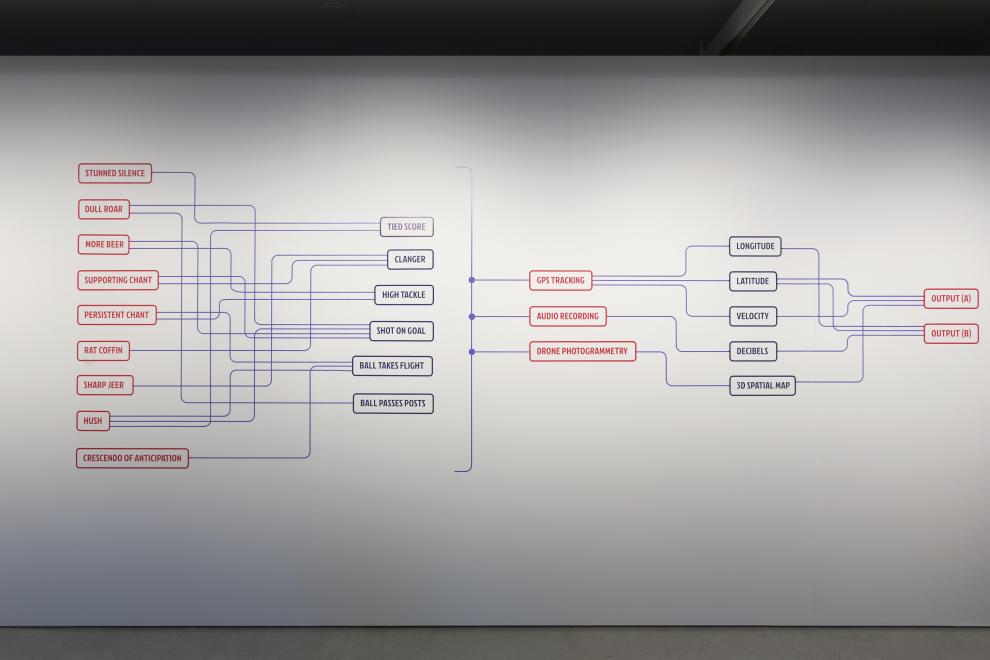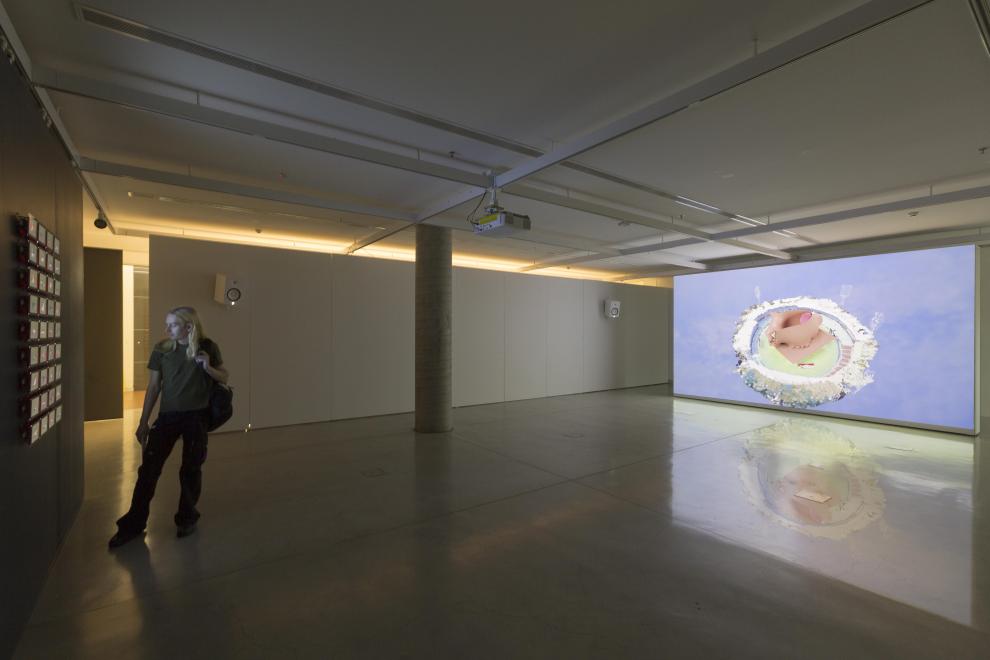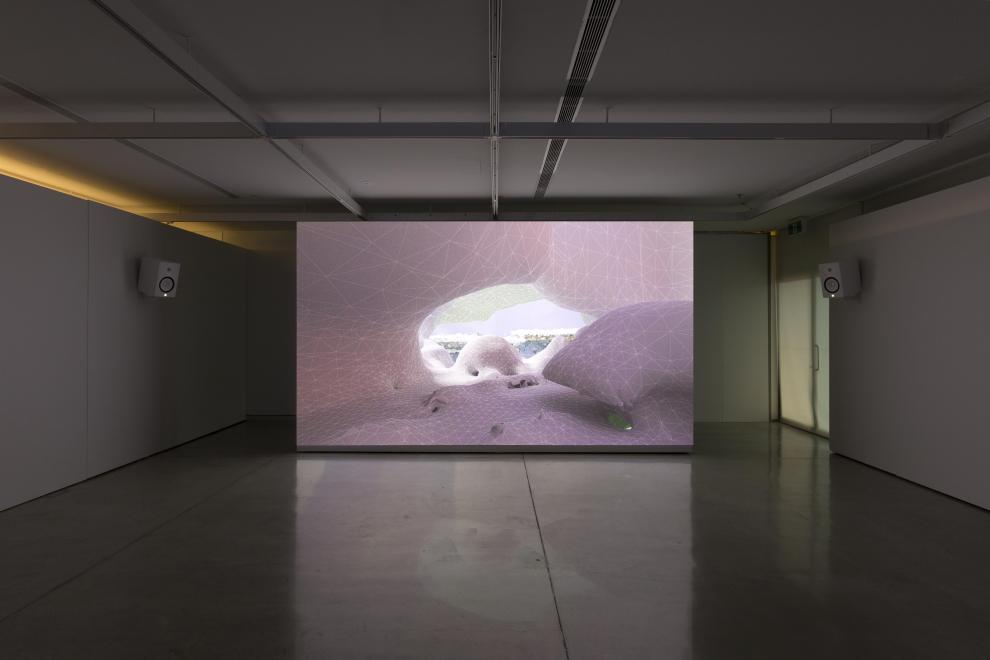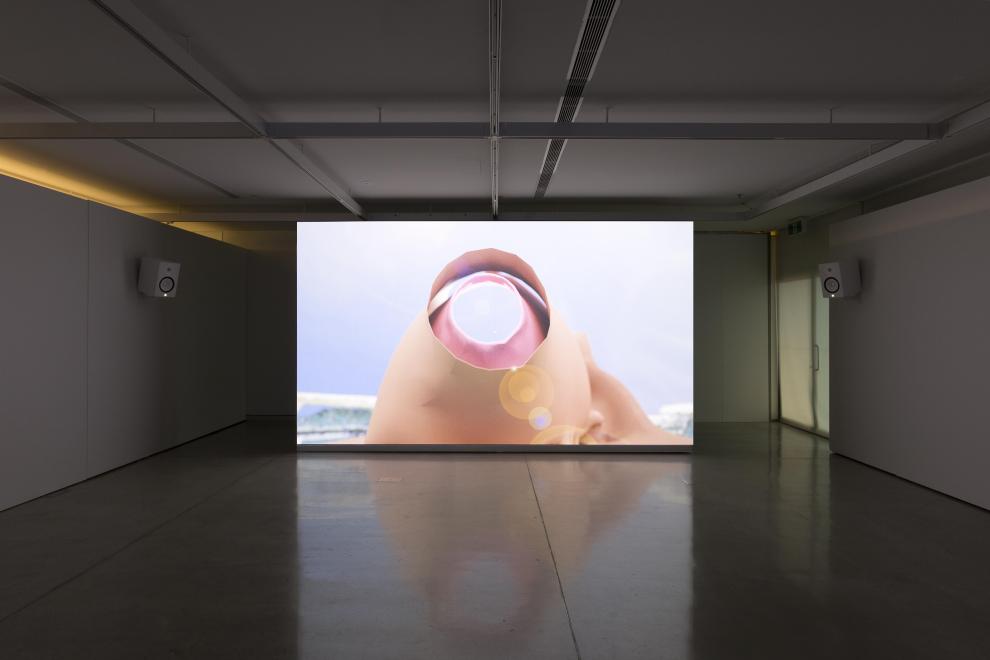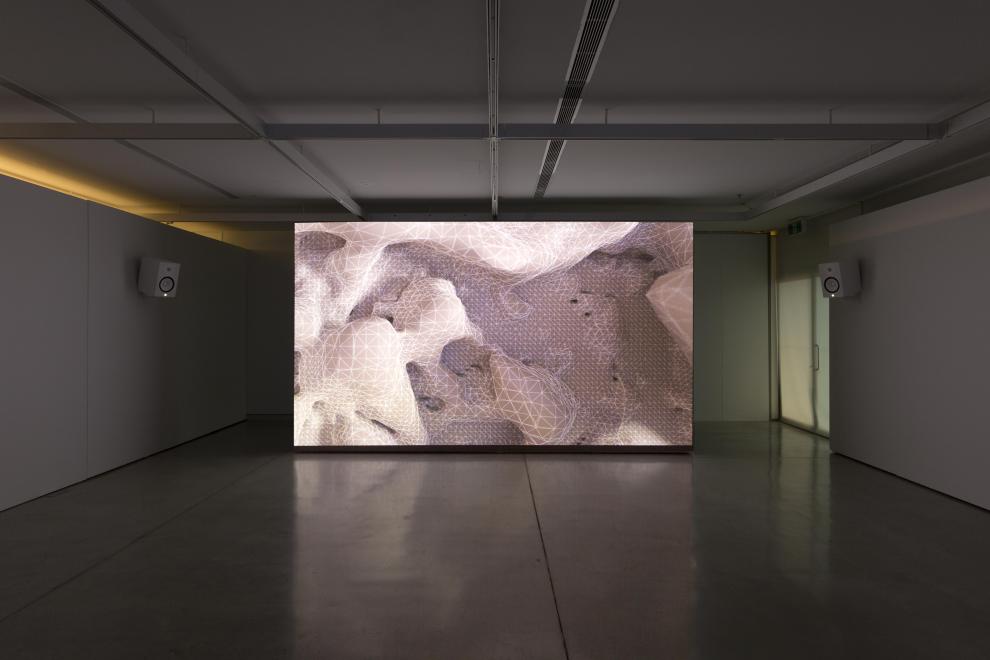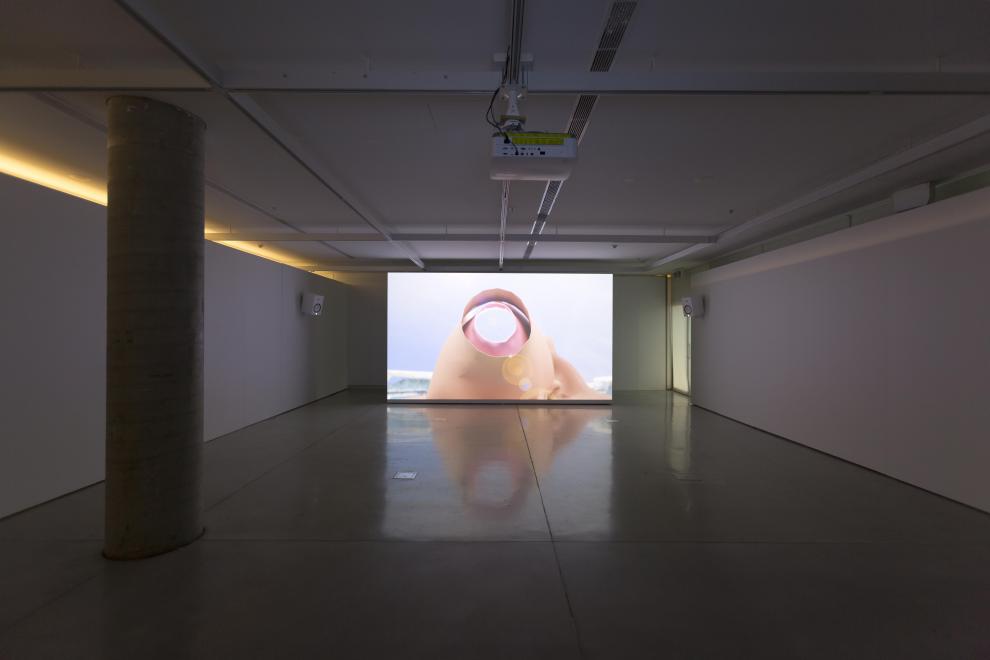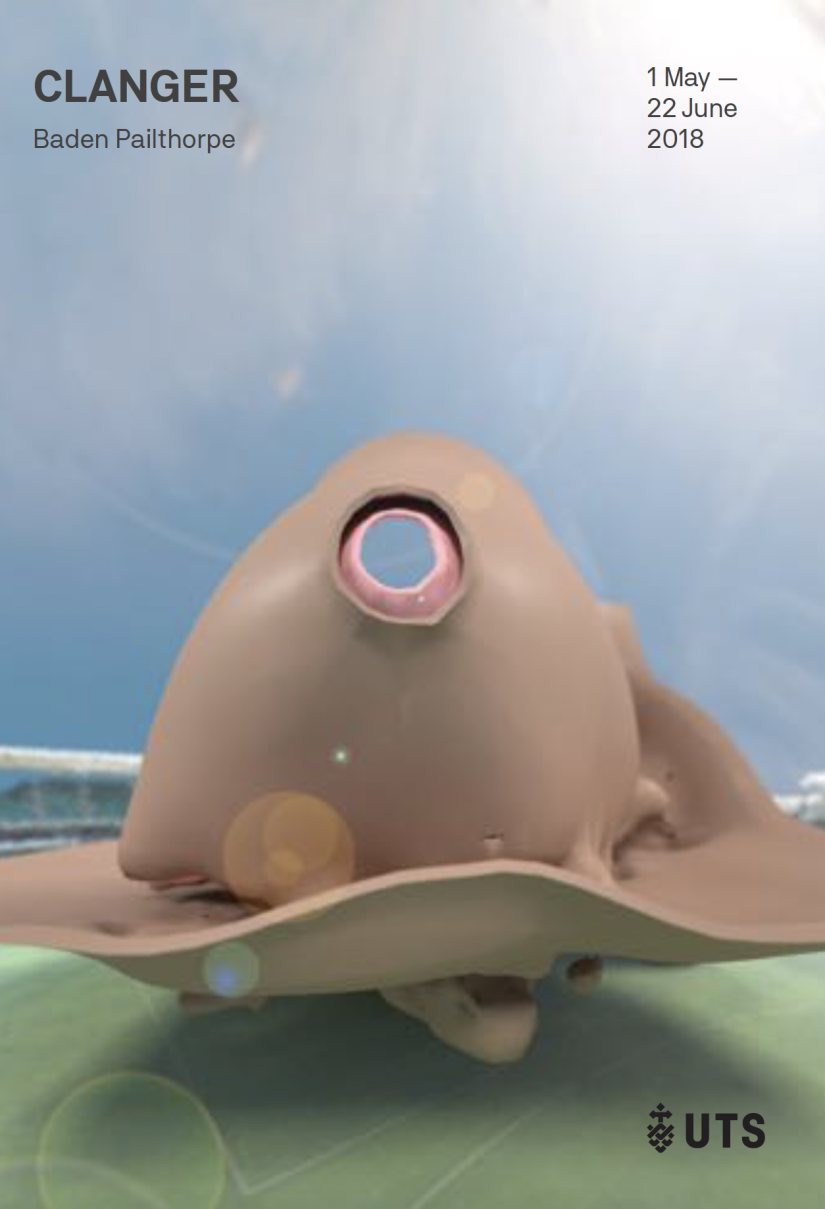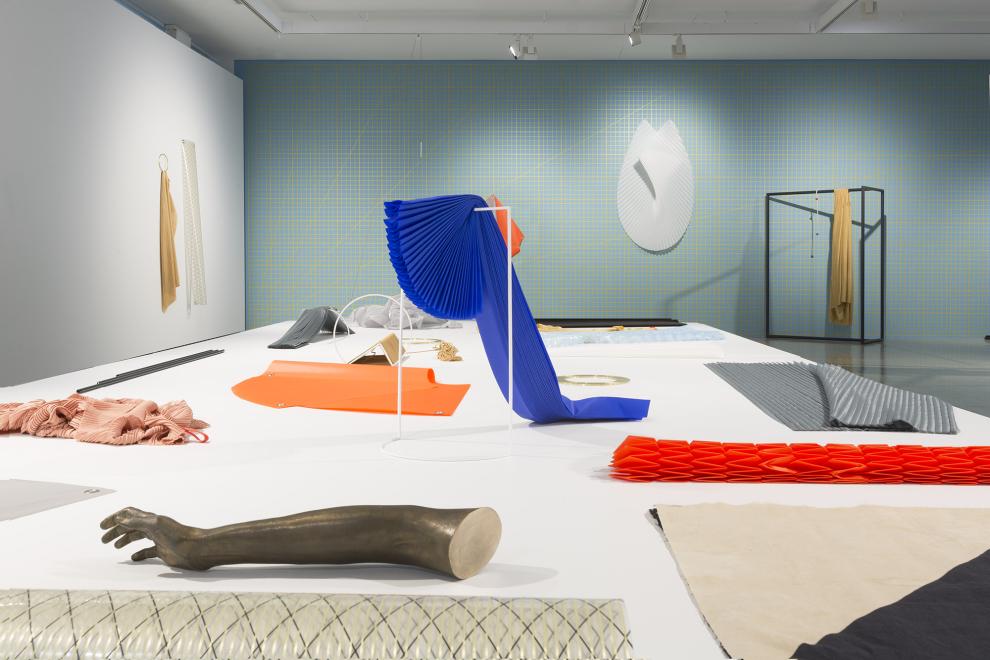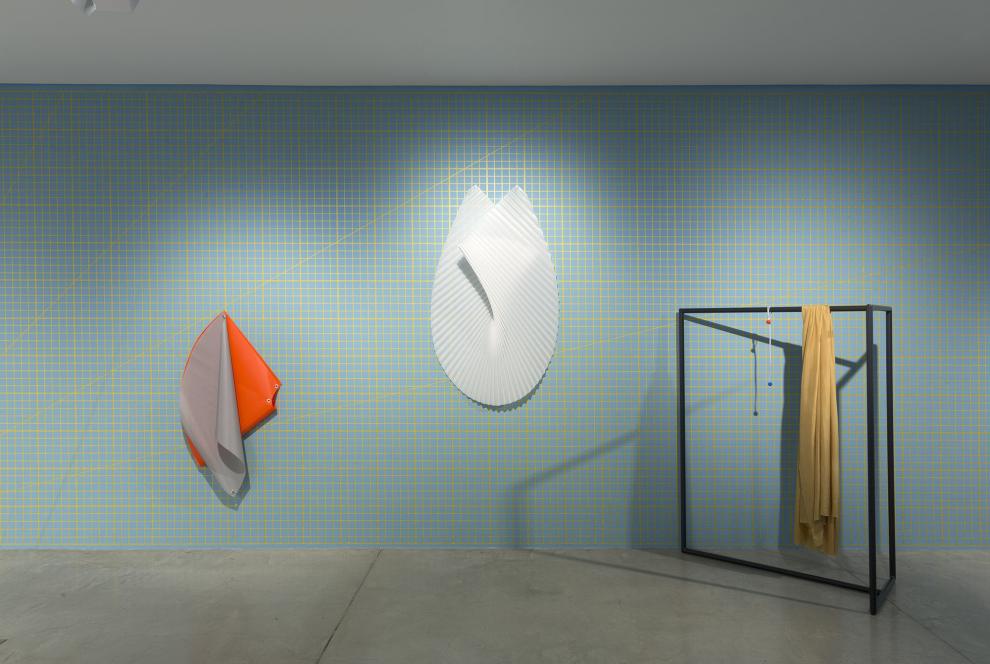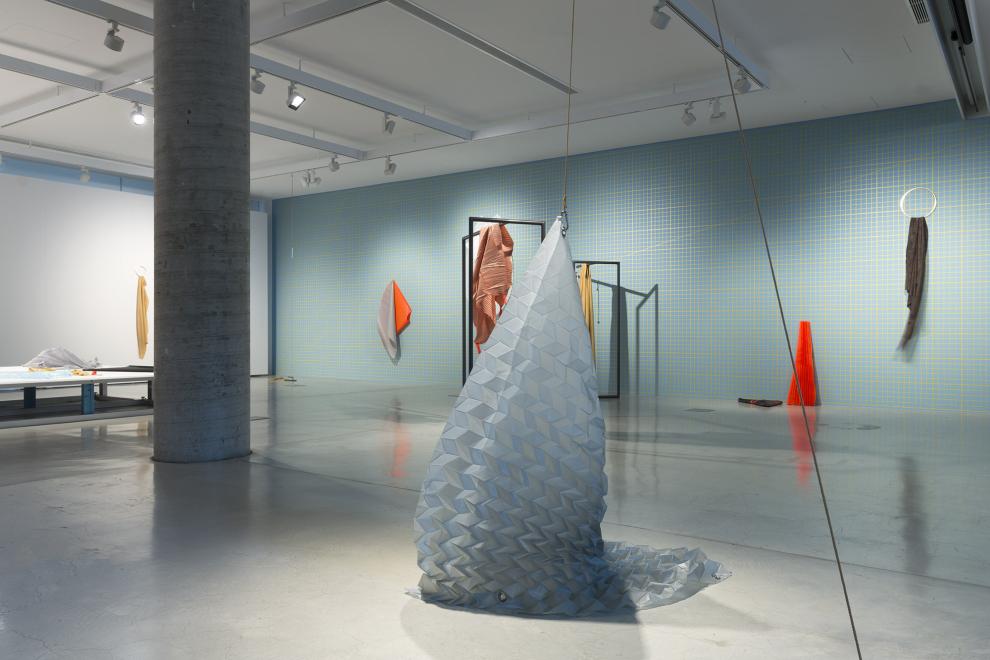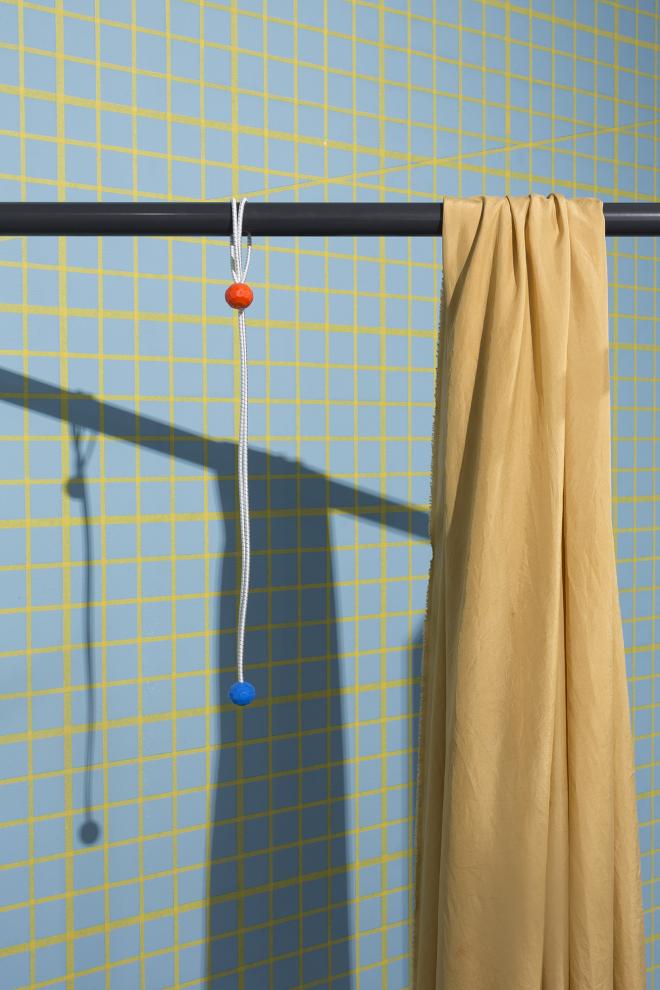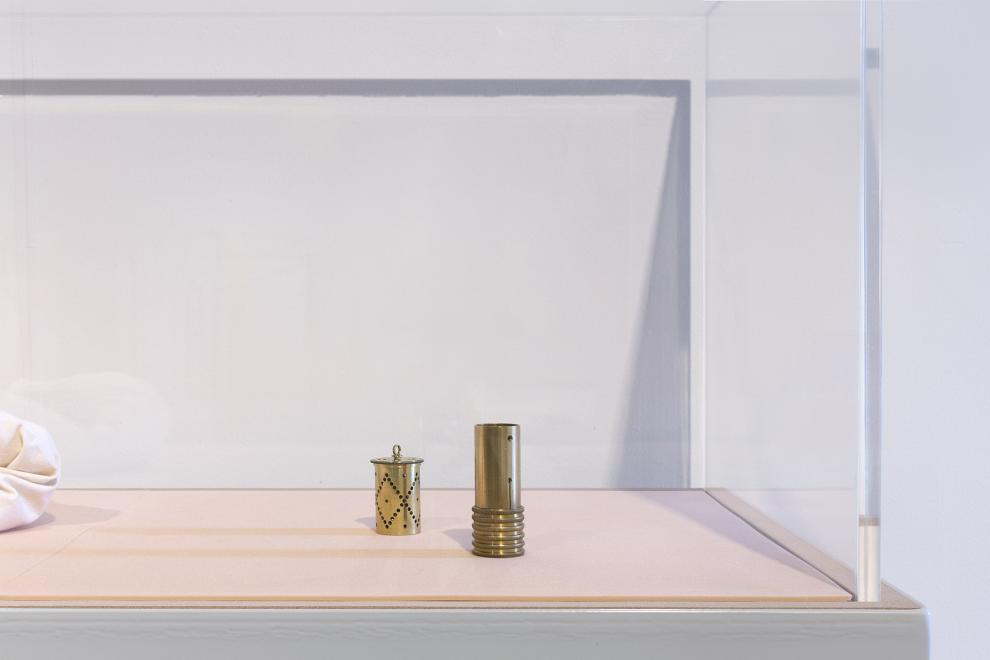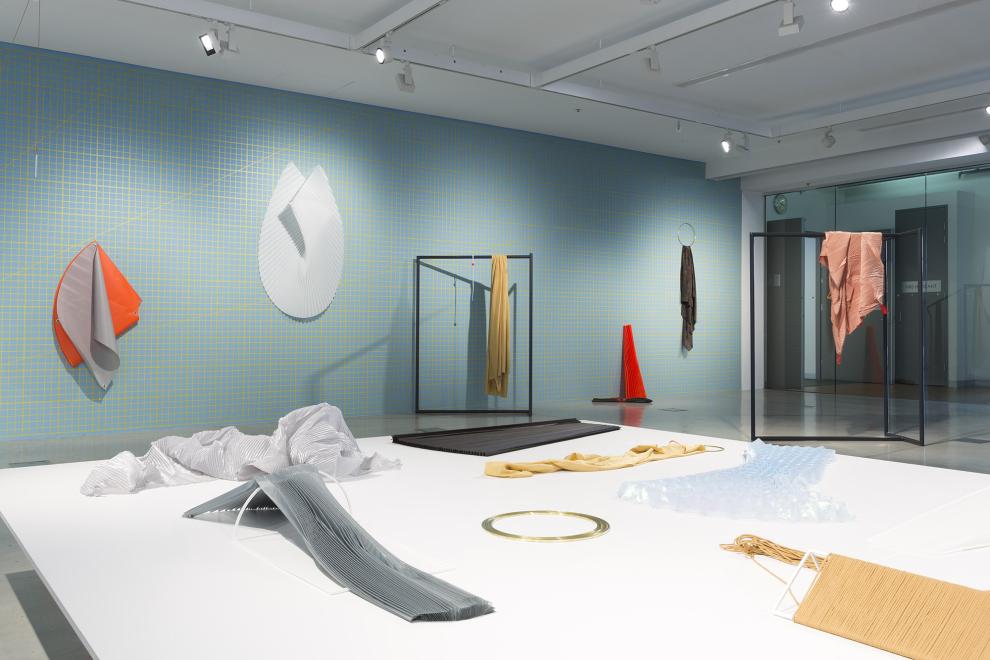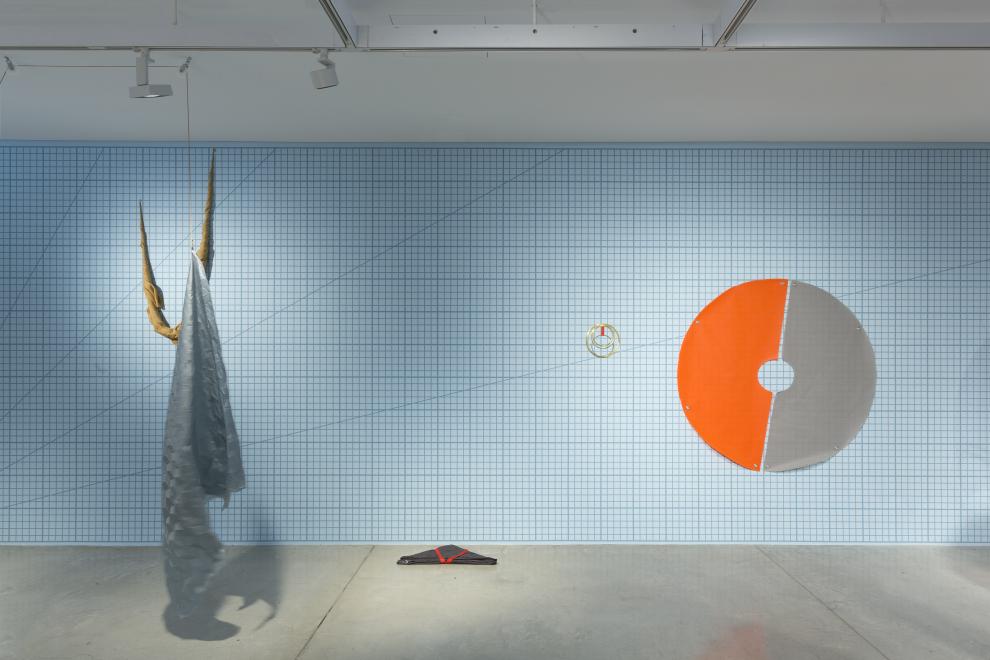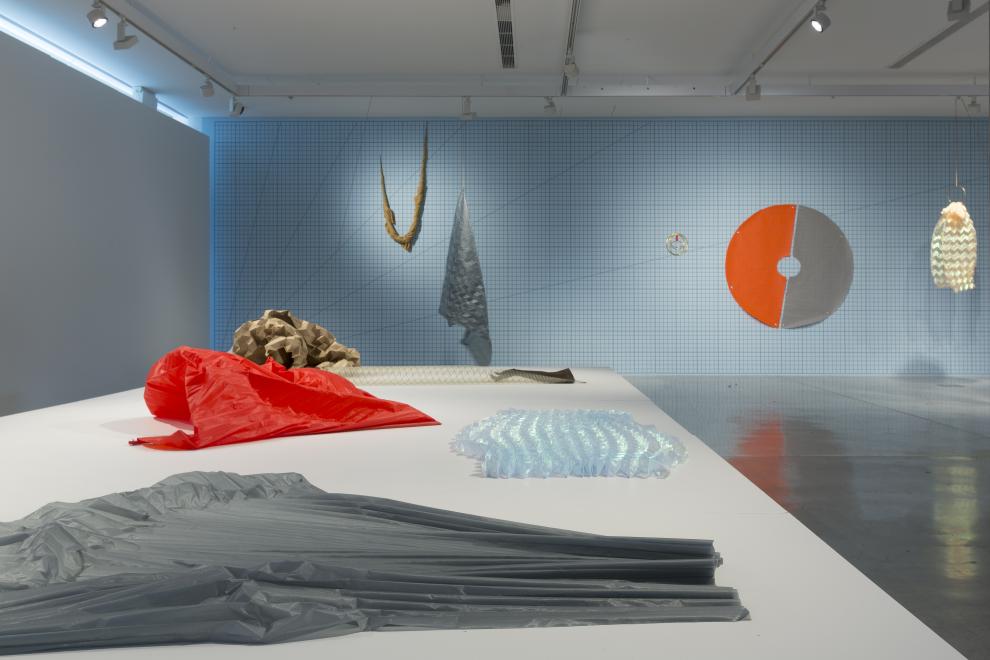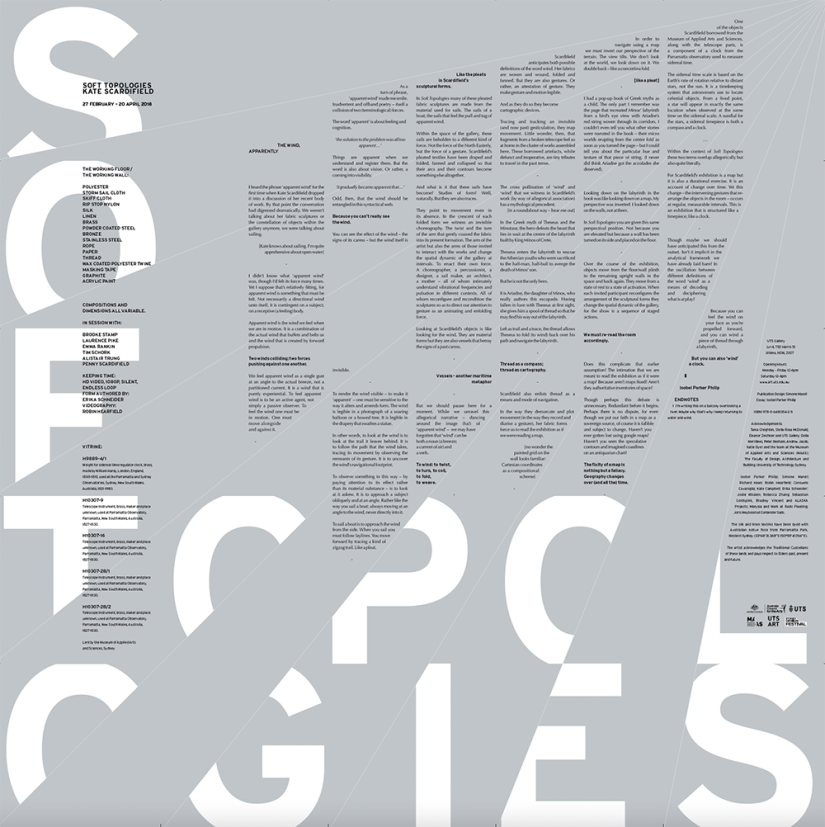UTS Gallery is pleased to present Void, curated by Emily McDaniel, from the Kalari Clan of the Wiradjuri nation in central New South Wales. Bringing together contemporary Aboriginal artists from across the country, the exhibition investigates the void as a spatial notion.
Rather than being empty or unknown, these artists demonstrate that the void is always occupied by meaning and contains personal, historical and ancestral significance.
Void at UTS Gallery features free public talks and programs and an exhibition catalogue designed by Yuwaalaraay artist Lucy Simpson. Educational and public programming is a key feature of the exhibition at UTS, with the gallery and programs creating a space for the sharing of Indigenous knowledges. The resources produced during the exhibition have been developed in collaboration with UTS students and researchers, in conjunction with the exhibition’s curator and the UTS ART Projects and Learning team.
Exhibition publication
Learning Resource
Tour
Hello World
A2-Type, Alterfact, Aaron Koblin, Ben Fry, Ben Roberts, Defense Distributed, Golan Levin, Helen Yentus, Humanoid, Iris Van Herpen, Josh Roseberg, Kouhei Nakama, Leah Buechley, Reinoud van Laar, Shawn Sims, Shih Wei Chieh, Studio Pinaffo-Pluvinage, Takashi Kawashima, Tristan Perich, Universal Everything, Wang & Söderström, Ying Gao, Zeitguised
24 July - 14 September 2018
HELLO WORLD: CODE AND DESIGN examines the role of code in contemporary design, considering the ways in which designers are integrating computation into their practice.
In 2014, teenager Adrianna Mitchell sat at a keyboard with Barack Obama and helped him become the first US President to code. His modest effort, a mere 17 characters of script, underscored a deeper belief in coding as the literacy of the 21st Century. Once largely viewed as an esoteric and tangential activity, coding has emerged as an essential, world-making practice. But what will this digitally-driven future look like? Are today’s school children destined for lives as software engineers, or will coding become a more diffused set of practices. What will it mean ‘to code’?
HELLO WORLD: CODE AND DESIGN examines the role of code in contemporary design, considering the ways in which designers are integrating computation into their practice. The exhibition gathers objects and technologies from across the design spectrum—from fashion and textiles, to the moving image, graphics and the handmade—in order to reveal the social, economic and critical impact of code and design.
HELLO WORLD: CODE AND DESIGN shows twenty-two designers printing, sewing, assembling and hacking in order to free code from the computer’s dark interior. In the process of prising open the lid on modern technology, these designers are experimenting with new ways of being digital. Low cost electronic components, and the physical computing and maker cultures they’ve spawned, now see code at work in everything from simple household items and toys to weapons and wearables. Additive manufacturing techniques such as 3D printing mean once invisible and immaterial processes are emerging into the tangible world of objects, while industrial processes move from the factory to the home. From Defense Distributed’s 3D printed gun, The Liberator, to Golan Levin’s Free Universal Constructor Kit (F.U.C.Kit), and Iris van Herpen’s 3D printed clothing and accessories, the material world is becoming increasingly fertile. Code is reshaping our social, political and economic lives in profound and often unanticipated ways.
For contemporary design, code has become an significant new concern, at once a tool, a material and a process in the experience and formation of worlds.
Exhibition catalogue
Clanger, a solo exhibition by Baden Pailthorpe, explores the aesthetics of power through data, bodies and technology.
In an environment that is both physical and virtual, Clanger pairs the statistical tracking of AFL player performance with the emotional intensities of the crowd. Using anonymous player and crowd data captured during the 2017 AFL Round 23 Swans v Carlton game, Clanger re-stages the drama and flow of a match in its entirety. Pailthorpe moves the game from the field to the virtual plane, rendering both players and the crowd as data-borne creations caught in a deeply emotional, cultural and aesthetic tradition.
In statistical terms, the word ‘Clanger’ refers to a turnover or a silly mistake made by a player in an AFL match. The criteria for each player’s usefulness is defined wholly by the data they generate during the game— AFL players are tracked using micro wearable units that include GPS and accelerometers. The amount of data generated from these devices in a given game is immense; every movement is tracked, stored and interpreted in an effort to understand performance, mitigate injury and measure value.
By adopting the vernaculars of sport and gaming, the artist creates an immersive environment that emphasises the role of experience in the propagation of labour, culture, and ideas. A new 36-channel video work re-articulates the match using the two team’s GPS data, while a single-channel video work on the opposing end of the gallery/field renders the crowd via audio data captured at the game. A soundtrack by composer James Brown accompanies this work. By pairing the compelling languages of creative practice with the statistics of player performance, Pailthorpe’s Clanger demonstrates that data becomes information only by interpretation.
About the artist
Exhibition publication
Encompassing adaptable sculpture, video and objects from the collection of The Museum of Applied Arts and Sciences (MAAS), Soft Topologies is an exhibition that considers the points of convergence between the body and the practice of charting atmospheric space.
As the 2017 MAAS Research Fellow, Scardifield undertook investigations into 19th century astronomical artefacts from the collection. Objects uncovered during her research are re-imagined as tools of anatomical enquiry in the context of the exhibition, which seeks to calibrate physical and celestial bodies.
Adaptable textiles and sculptural objects that recall clothing racks and fabric bolts are used in tandem with a large-scale wall schema that mimics a patternmaker’s cutting mat. Over the course of the exhibition, invited collaborators—including a sail-maker, engineer, percussionist, fashion designer, architect and the artist’s mother— will join the artist in manipulating these forms and enter into a speculative game of measurement and observation.
